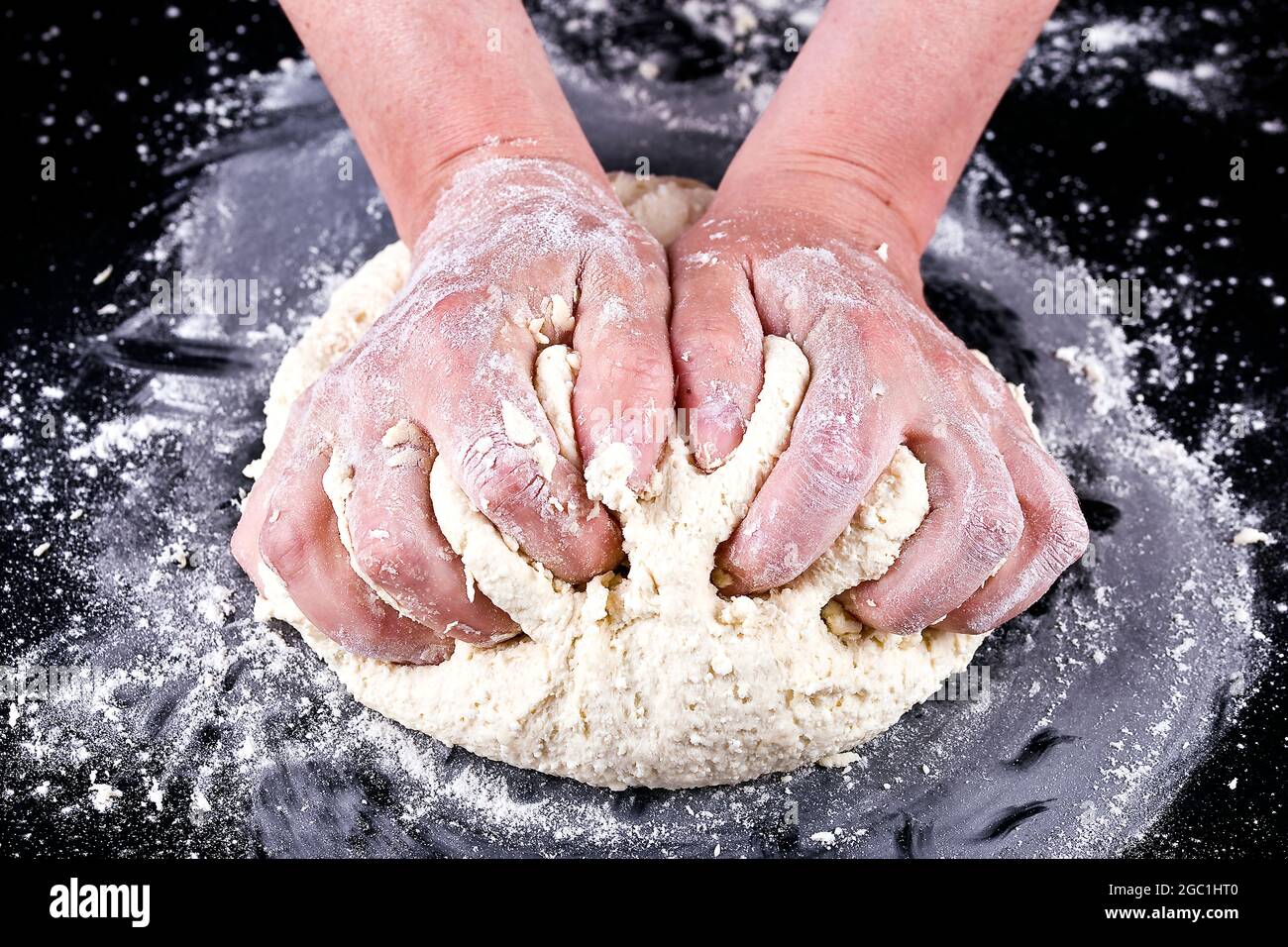How to Make Bread at Home: No Machine Required

Imagine the aroma of freshly baked bread wafting through your home. The golden crust, the soft, warm interior—it's a sensation that's hard to beat. But did you know that you don't need a fancy bread machine to achieve this? With a little patience and some elbow grease, you can create a delicious homemade loaf right in your own kitchen. Let's dive into the world of bread baking and discover how to make homemade bread without a machine.
Why Bake Bread at Home?
Baking bread at home is not just about the end result; it's about the journey. The process of manual kneading can be therapeutic, akin to a form of meditation. Plus, you get to control exactly what goes into your bread, ensuring it's free from preservatives and other unwanted additives. It's a win-win situation!
Essential Ingredients for Homemade Bread
Before we start, let's gather our ingredients. You'll need:
- Flour: All-purpose or bread flour works best.
- Yeast: Active dry yeast is commonly used.
- Sugar: A small amount to feed the yeast.
- Salt: To enhance the flavor.
- Water: Lukewarm water to activate the yeast.
Step-by-Step Guide to Making Bread at Home
Preparing the Dough
Activate the Yeast: In a small bowl, mix 1 packet (7g) of active dry yeast with 1 teaspoon of sugar and 1/4 cup of lukewarm water. Let it sit for about 10 minutes until it becomes frothy.
Mix the Ingredients: In a large bowl, combine 3 cups of flour and 1 teaspoon of salt. Make a well in the center and pour in the yeast mixture. Add 1 cup of lukewarm water and mix until a shaggy dough forms.
Manual Kneading: The Art of Bread Making
Kneading is the heart of bread making. It's where you develop the gluten, giving your bread its structure. Here's how to do it:
- Turn Out the Dough: Place your dough on a lightly floured surface.
- Fold and Press: Fold the dough in half towards you, then use the heels of your hands to push it away. Rotate the dough a quarter turn and repeat.
- Continue Kneading: Keep kneading for about 10 minutes until the dough becomes smooth and elastic. Think of it like giving your dough a gentle massage.

First Rise: Patience is Key
- Shape the Dough: Form the dough into a ball and place it in a greased bowl.
- Let it Rise: Cover the bowl with a clean kitchen towel and let it rise in a warm, draft-free place for about 1 hour, or until the dough has doubled in size.
Shaping and Second Rise
- Punch Down the Dough: Gently deflate the dough by pressing down on it.
- Shape the Loaf: You can shape your dough into a boule (round loaf) or place it in a loaf pan.
- Second Rise: Cover the shaped dough and let it rise again for about 45 minutes, or until it has nearly doubled in size.
Baking Your Homemade Loaf
- Preheat the Oven: Set your oven to 450°F (230°C).
- Score the Dough: Use a sharp knife or lame to score the top of your loaf. This helps the bread expand evenly in the oven.
- Bake: Place your loaf in the preheated oven and bake for about 25-30 minutes, or until the crust is golden brown and the bread sounds hollow when tapped.

Cooling and Enjoying Your Bread
- Cool the Bread: Remove the bread from the oven and let it cool on a wire rack. This allows the steam to escape and prevents the bread from becoming soggy.
- Slice and Serve: Once cooled, slice your bread and enjoy it with your favorite spreads or toppings.
Tips for Successful Bread Baking
- Use the Right Flour: Bread flour has a higher protein content, which helps develop gluten.
- Check the Yeast: Make sure your yeast is fresh and active. Old yeast can lead to a flat loaf.
- Be Patient: Don't rush the rising process. A well-risen dough results in a lighter, fluffier bread.
Conclusion: Embrace the Art of Bread Making
Making bread at home without a machine is a rewarding experience. It's a chance to slow down, connect with your food, and create something truly special. Whether you're a seasoned baker or a beginner, this easy bread recipe is a great place to start. So, why not give it a try? Your homemade loaf is just a few simple steps away.
FAQs
Can I use whole wheat flour instead of all-purpose flour?
- Yes, you can substitute whole wheat flour for all-purpose flour. However, whole wheat flour absorbs more liquid, so you may need to adjust the water content.
How do I know if my yeast is active?
- If your yeast mixture becomes frothy and bubbly after 10 minutes, it's active and ready to use.
What if my dough doesn't rise?
- If your dough doesn't rise, it could be due to old yeast, cold temperatures, or not enough kneading. Try again with fresh yeast and ensure your dough is in a warm, draft-free place.
Can I freeze homemade bread?
- Yes, you can freeze homemade bread. Wrap it tightly in plastic wrap and store it in the freezer for up to 3 months.
How can I achieve a crispy crust?
- For a crispy crust, try baking your bread in a Dutch oven or create steam in your oven by spraying water onto the oven walls just before baking.
Happy baking! Remember, every loaf is a learning experience, and with practice, you'll become a bread-making pro.
0 Response to "How to Make Bread at Home: No Machine Required"
Post a Comment